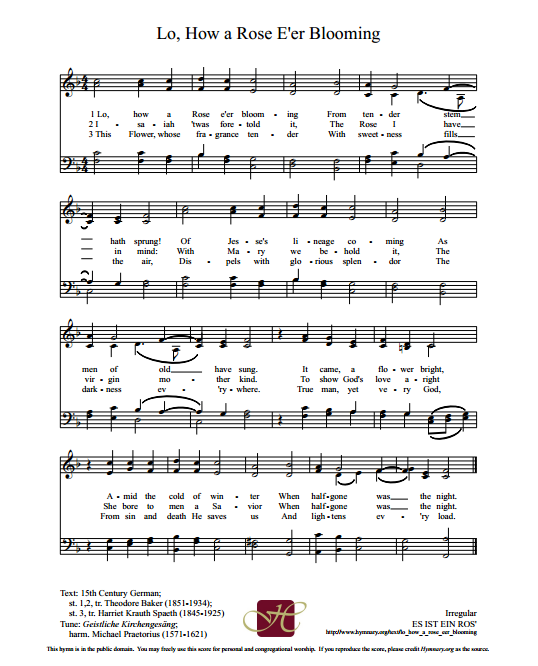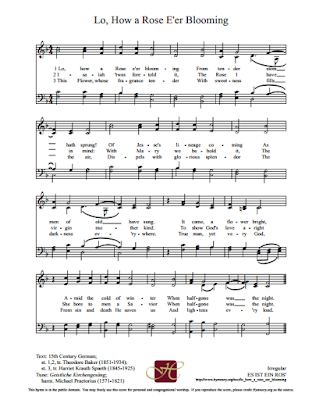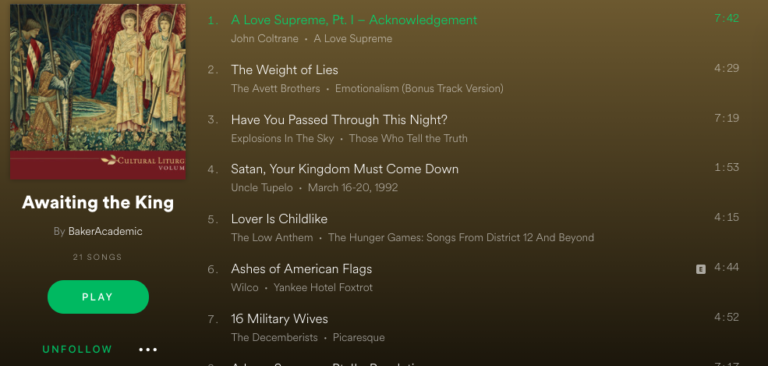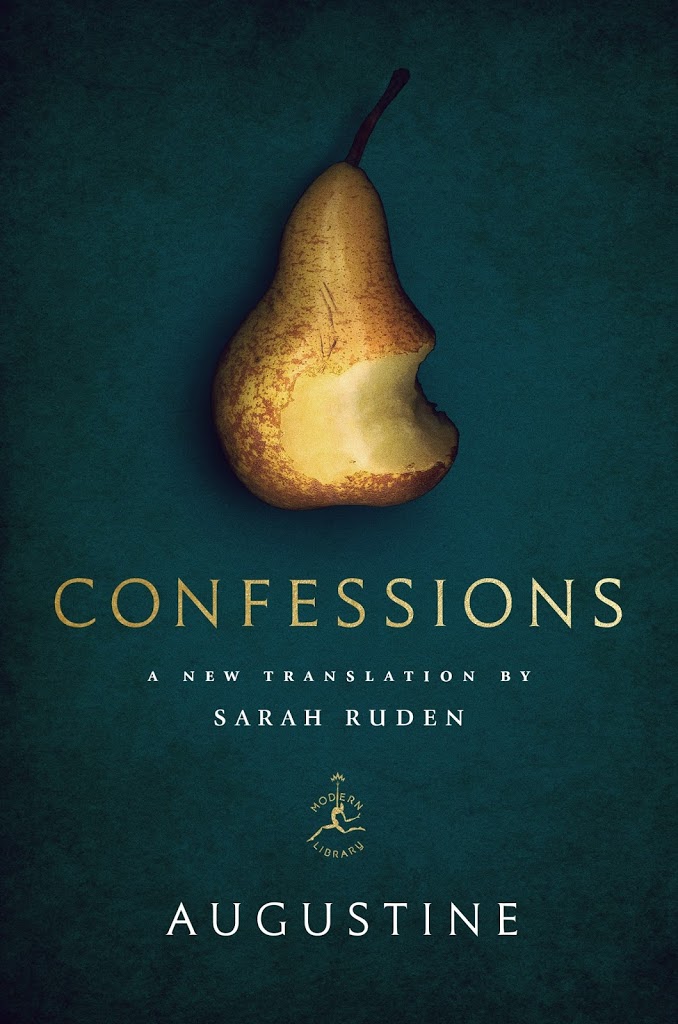Sonic Habits: Thoughts on an Advent Hymn
When it comes to matters musical, I am a rank amateur–a lover without training or expertise; a listener who knows what he likes; a hearty singer without much skill. I’m grateful for a profession in which I can constantly create an acoustical ambience of music to wallpaper my workday.
However, as a philosopher with interest in liturgy, I’m also somewhat attuned to what my friend Jeremy Begbie calls the “sonic environment” of worship. Beyond the theological and imagination-shaping significance of lyrics, Begbie has taught me to be attuned to musical form as its own kind of lived theology (a while back this spawned a little reflection on Ryan Adams and Taylor Swift).
So today I’ve been pondering a classic advent hymn, “Lo, How a Rose E’er Blooming,” that we sang at Sherman Street CRC this morning. Rooted in the imagery of Isaiah 11 (the OT lectionary reading for this second Sunday of advent), with a bit of admittedly romantic flourish and speculation, it was the tune that grabbed me today. Our hymnal sets this to a 1599 German tune, Alte Catholische Kirchengesäng (with harmonization by Michael Praetorius). You can listen to a rendition of it; or here’s a snapshot of the tune (from a different hymnal source):
What struck me is how I–and to some extent, our congregation, I think–kept getting hung up on those third half notes (in the first stanza on “from,” “of,” “when,” etc.). It’s like our sonic habits are used to a certain cadence and tempo that keep things moving. At some unconscious level, we expect the next note to come more quickly. We’re feeling stretched and a bit impatient by those two half notes already and when the third arrives we’re sonically impatient. Our inner tempo, trained by the cadences of a frenetic pace that always gets its way, perturbedly tells our tongues: “C’mon already–let’s get this show on the road! I haven’t got all day.” We want a quarter note but the hymn hangs us up on that third half note over and over again. We’re asked to sing another half note in a quarter note world.
Which is precisely why the tune of the hymn is its own kind of Advent discipline. The notes are teaching us to wait, to experience the impatience of waiting (again!) for the Judge who is coming–who does “not judge by what he sees with his eyes, or decide by what he hears with his ears; but with righteousness he will judge the needy; with justice he will give decision for the poor of the earth” (Is. 11:3-4).
How long, O Lord?





